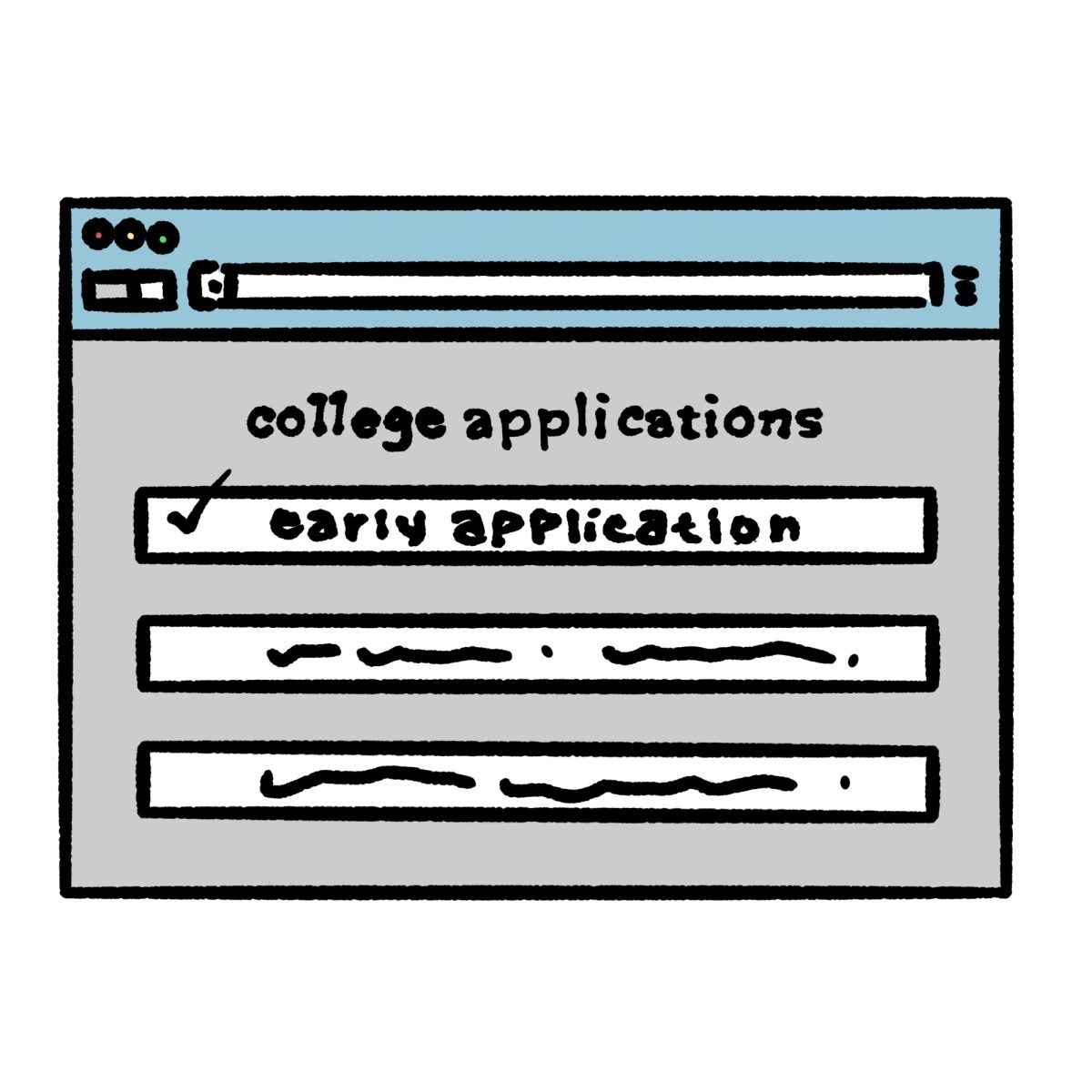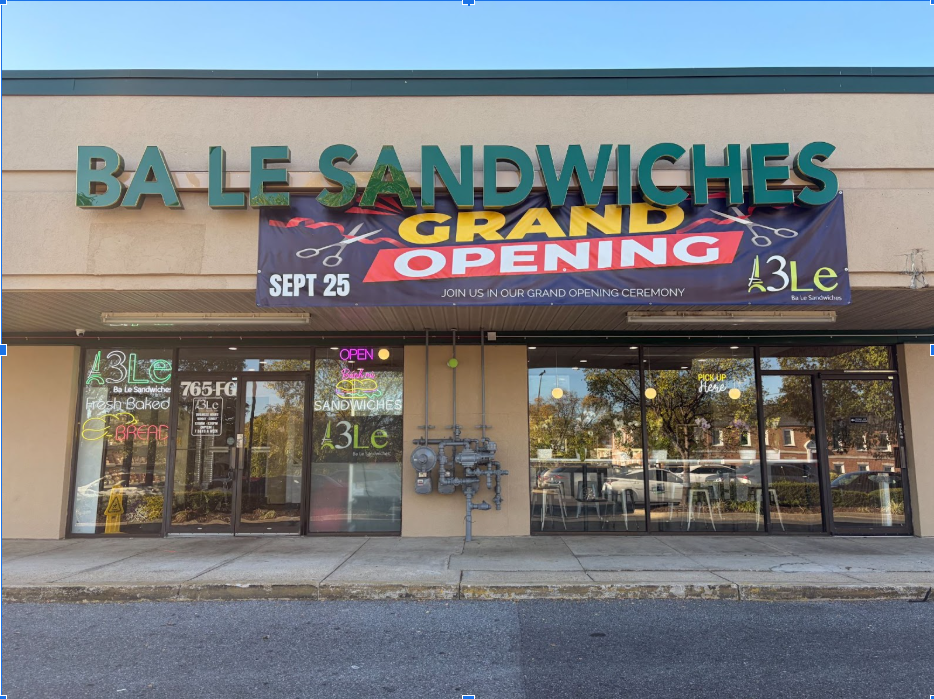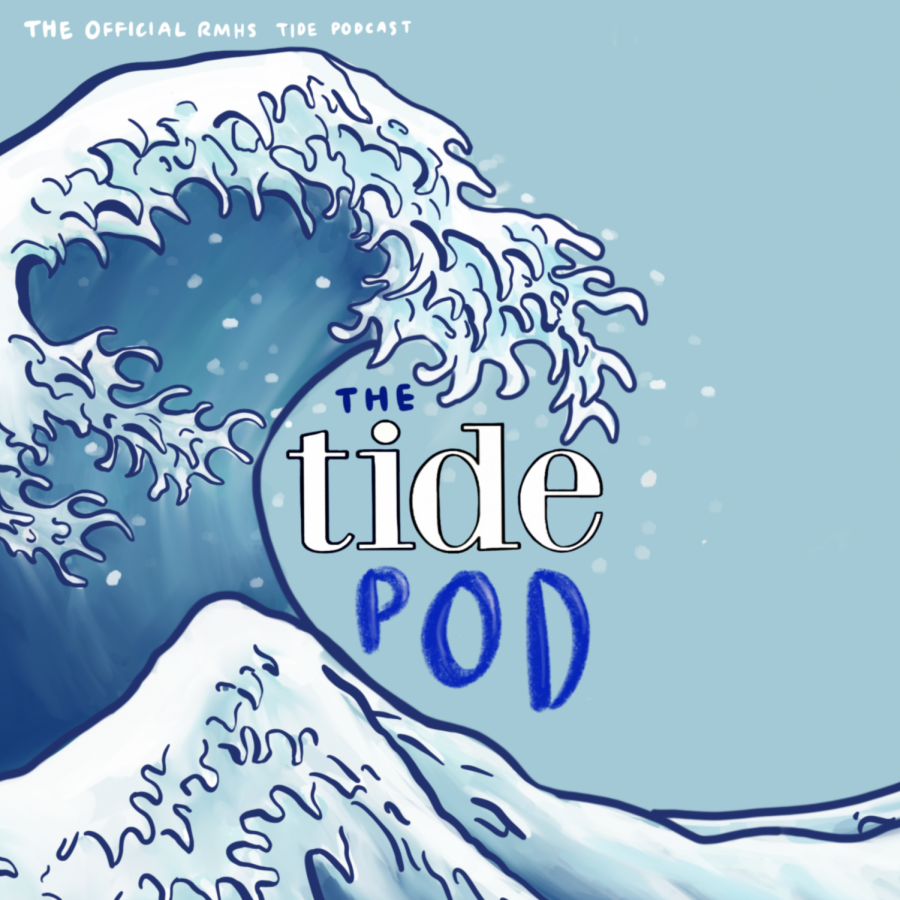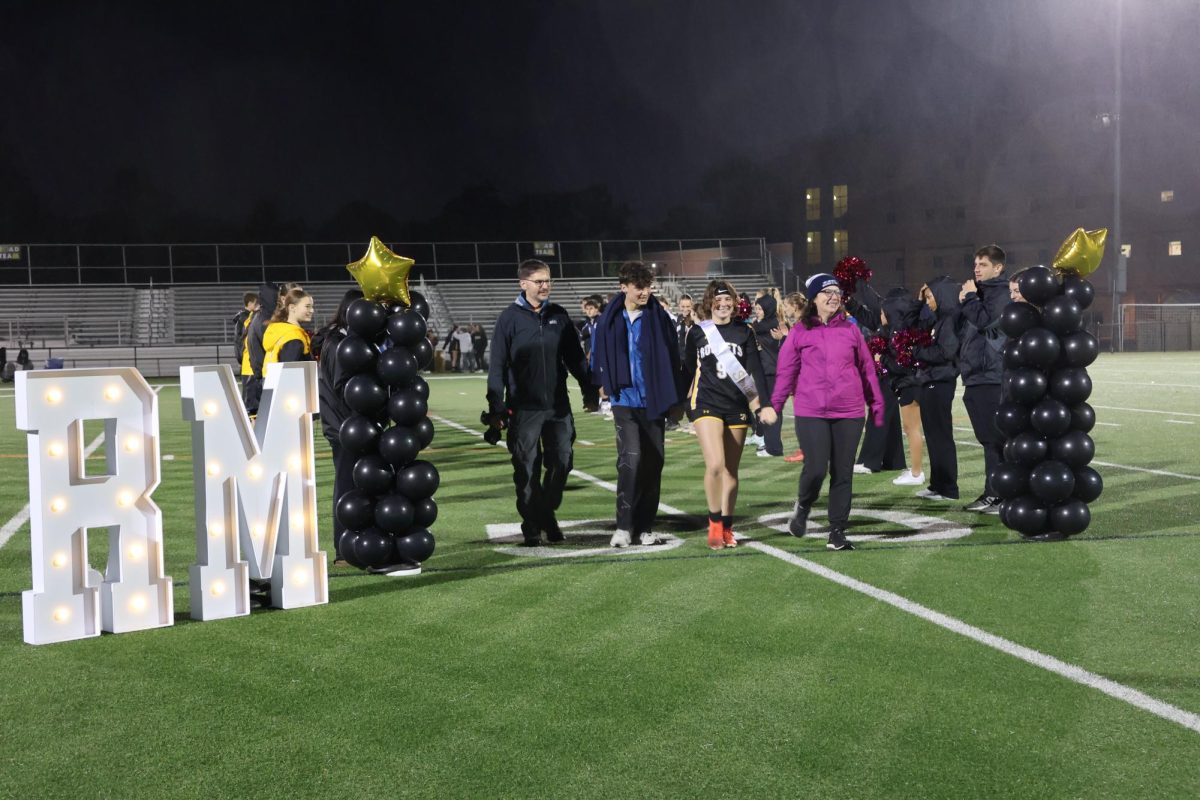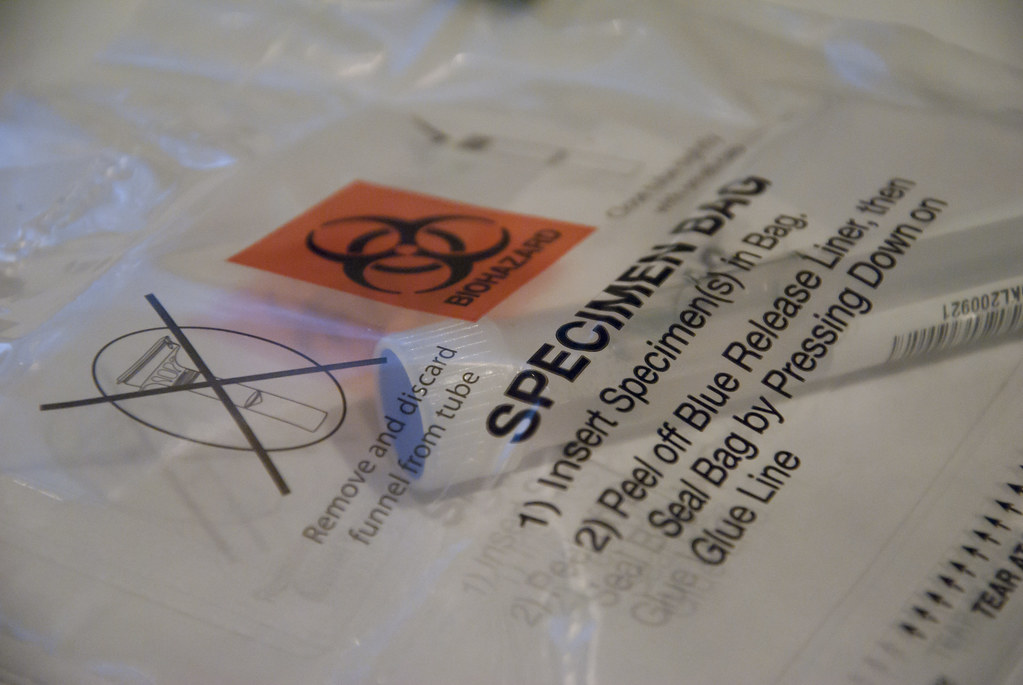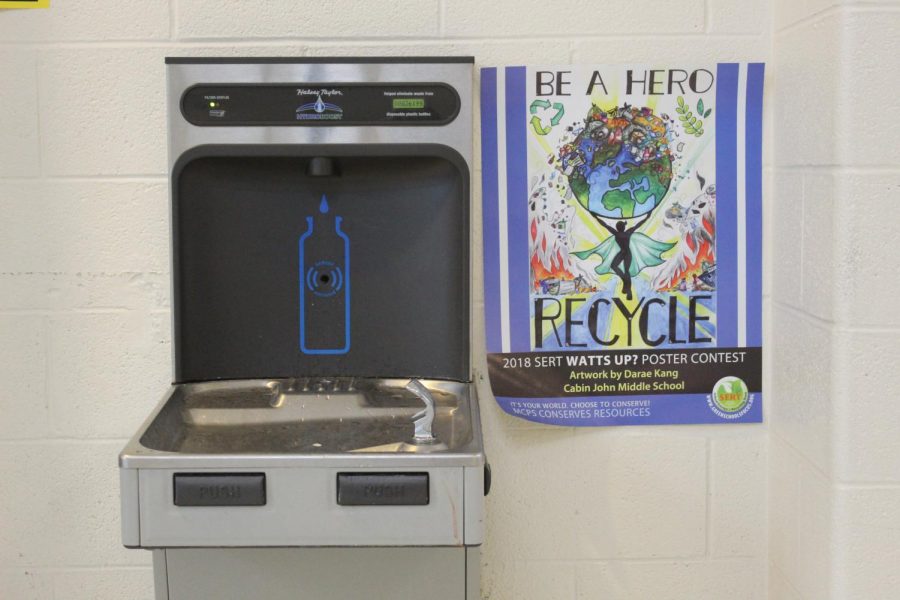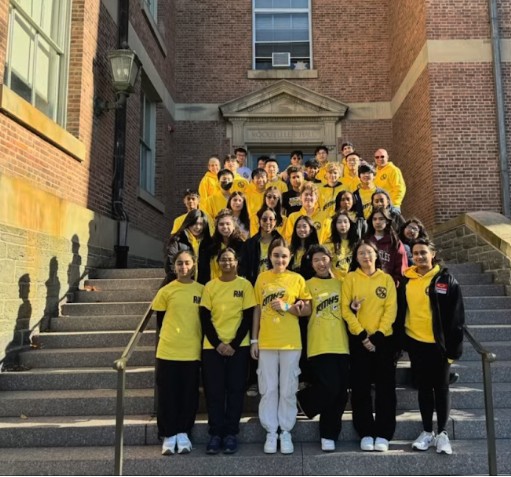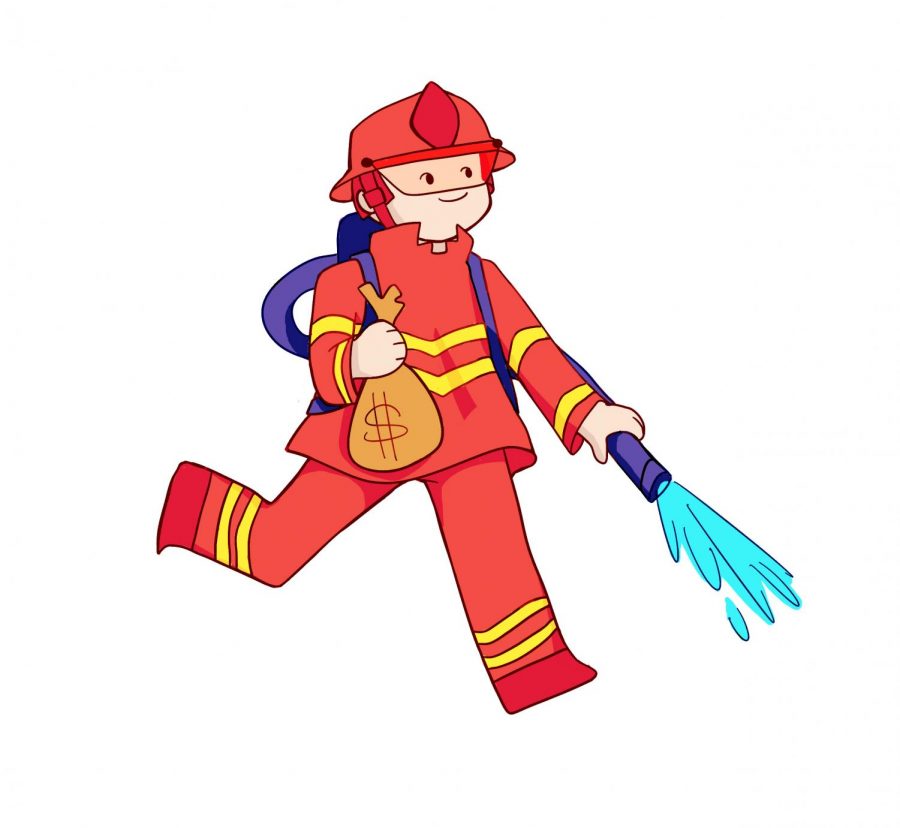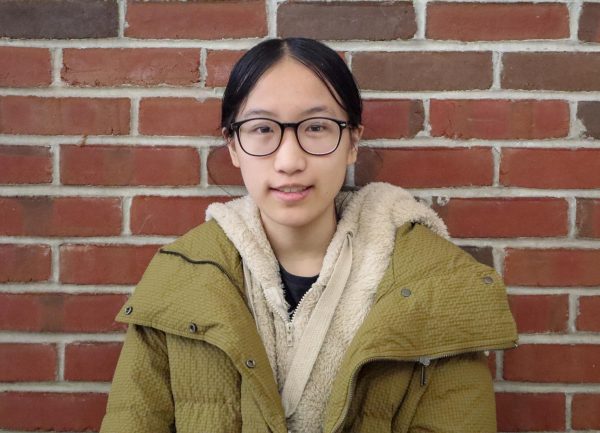The college admissions process is a tale as old as time. Since the opening of the first university, the University of Al Quaraouiyine in 859 BCE, higher learning is a level many have sought to attain, especially in modern society. And as the world shifts and technology advances, so do the methods students use to apply to colleges.
In the late 90s and early 2000s, the process was still mostly analog but was beginning to pick up speed. A pilot version of the Common App was created in 1975, and the service picked up steam by 1980, acquiring over 100 member colleges. However, much of the application process was still direct, paper-based mailing.
“Everything was on paper and the common app wasn’t accepted at as many colleges as it is today so we had to fill out individual applications for each college we applied to, ” social studies teacher Kerri Fry said. “Teachers had to write and print individual letters of recommendation so when you asked a teacher to write your rec you had to give them all the envelopes with the college admissions address and a stamp on it.”
One of the biggest changes in recent memory occurred when the common app decided to go fully online in 2007. By 2008, the Common App had gained widespread acceptance, with hundreds of colleges and universities participating. As of today, the Common App has become the predominant application service, hosting over 900 member institutions worldwide. Further changes were created when the SAT revamped itself in 2016, with the 2400-point scale going back to the 1600-point system. The essay became optional and points were no longer being deducted for incorrect answers.
The final two biggest changes came in the form of the COVID-19 pandemic and the digital SAT. The digital SAT has made testing more accessible. Students could take the test on laptops at testing centers, and scores were returned more quickly, helping students meet deadlines. And with the pandemic, standardized testing— a cornerstone of admissions—was disrupted, forcing most schools to quickly adopt test-optional policies. This led to a major rethinking of how colleges assess applicants, placing more emphasis on factors like extracurricular activities, personal essays, and letters of recommendation. Though some Ivy League schools and top universities like Yale and Stanford have resumed test-mandatory policies, most schools have kept optional testing policies in place. This, however, has encouraged students to apply to a wider range of colleges, leading to more competitive admissions and lower acceptance rates at many top schools.
“It feels so much more competitive and murky nowadays, but I like the holistic review concept,” senior Kieron Kane said.
Today, the college admissions process is more complex, competitive, and inclusive than ever before. The shift toward holistic review—essays, extracurriculars and context—has reshaped the process to the individual. With this comes higher competition, as more students apply to more schools than ever before.
“The pressure put on college, which college you apply to, how many colleges you apply to, the fees, the amount of pressure that is put on kids to be excellent at academics, extracurriculars, and everything is too much to be well rounded and have any kind of life outside of school,” Ms. Fry said.
However, this heightened competition also comes with an abundance of tools like admissions portals, schedule generators, and digital feedback that allow students to minimize their workload.
“I can track my applications, consolidate their requirements, and submit all my forms in one place. These tools really help minimize the stress I have with the process,” Kane said.
If you would like to voice your opinion on an issue you feel is relevant to our community, please do so here. Anyone is able and welcome to submit a Letter to the Editor, regardless of journalistic experience or writing skills. Submissions may be published either online or in a print issue.


